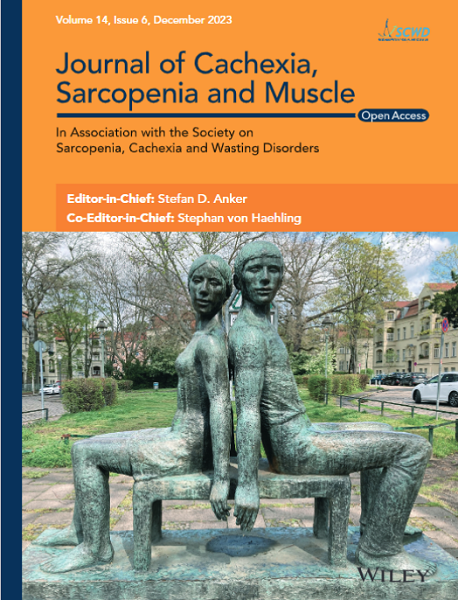Diabetic myopathy is characterized by the loss of skeletal muscle mass and function. NOD-like receptor family pyrin domain containing 3 (NLRP3)–mediated pyroptosis is a type of proinflammatory cell death, which can exacerbate significant muscle cell loss and adverse remodelling. The stimulator of interferon genes (STING) is an essential molecule involved in the regulation of inflammation and immune responses across various diseases. The regulatory mechanism by which STING affects muscle pyroptosis in diabetic myopathy remains unclear.
STING-knockout and wild-type (WT) mice underwent intraperitoneal injection of streptozotocin (STZ). STING small interfering RNA (siRNA) was transfected into fully differentiated C2C12 myotubes prior to glucose treatment. Muscle function tests, body composition analysis, transmission electron microscopy, scanning electron microscopy, western blotting, immunofluorescence, immunohistochemistry, histology, enzyme-linked immunosorbent assay, and reverse transcription polymerase chain reaction were performed. Co-immunoprecipitation assays were employed to investigate the interaction between STING and NLRP3.
STING expression was elevated in the gastrocnemius muscle (GM) tissues of WT diabetic mice. STING-deficient diabetic mice exhibited pronounced hyperglycaemia accompanied by hypoinsulinaemia, with no significant difference compared with WT diabetic mice. However, STING-deficient diabetic mice demonstrated a significantly increased body weight and lean mass. A significant decrease in muscle weight, myofibrillar diameter and area, muscle function, and the expression of genes related to muscle atrophy (MuRF1, Atrogin1) were observed in WT diabetic mice, which was mitigated in STING-deficient diabetic mice. STING deficiency reduced the number of GSDMD-N formed pores and pyroptosis-related components (NLRP3, caspase-1, cle-caspase-1, GSDMD, and GSDMD-N) in the GM tissues and was associated with a reduction in inflammatory chemokines. Similar changes were observed in vitro with glucose-induced myotube atrophy and pyroptosis as seen in vivo. Activation of STING by the agonist diABZI exacerbated muscle atrophy and pyroptosis in C2C12 myotubes. Co-localization of STING and NLRP3 was observed, and the interaction between STING and NLRP3 was enhanced in GM tissues from WT diabetic mice. We also found that STING could activate NLRP3 dependent on its channel activity, which can be attenuated by treated with C53 (an inhibitor of STING's ion-channel function).
In conclusion, our results indicate that STING-induced activation of the NLRP3 inflammasome leads to pyroptosis, resulting in muscle atrophy and dysfunction. These findings not only elucidate the mechanism of STING-induced pyroptosis but also identify STING as a potential therapeutic target for diabetic myopathy.



